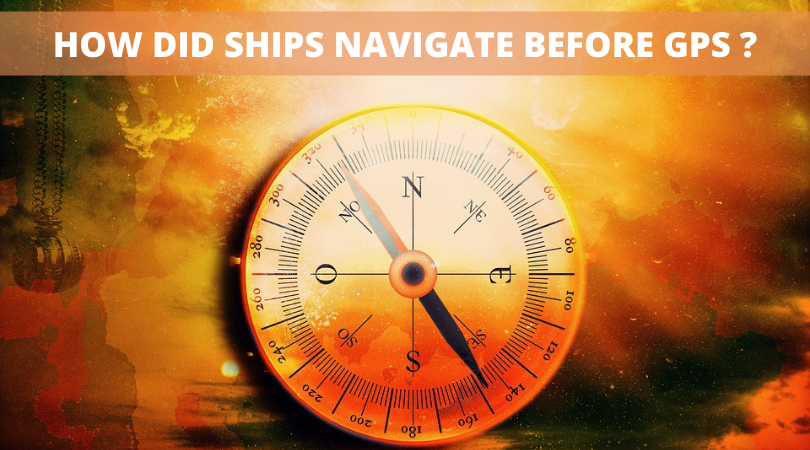Navigating Ships Before GPS
Navigation is finding all-around direction whether at sea, air, or land. Without paths, the navigator depends on seashore front, celestial and digital imprints. Knowing the direction is craftsmanship and technological know-how and requires comprehension of the earth and sky. Advancement in course technological know-how and innovation in the last 500 years have increased the efficiency of the navigator's work and techniques.
At some point in the fourth century B.C., individuals had to depend upon one-of-a-kind strategies to get from A to B when adrift at sea. One type of technique was to stay close by to the shore and follow the coastline. Sailors used to mark conspicuous milestones to decide their direction at the sea. Some sailors could make use of an extensive arrangement of stars or maybe the bearings that the birds flew and the direction the fish swam to find out their way adrift. Others determined the vessel's development adrift with the aid of estimating time with an hourglass. They could then multiply the time with the aid of the vessel's velocity, which turned into controlled with the aid of tallying the bits of kelp that had been handed. Obviously, those strategies were not accurate or efficient.
During the 5th to the fifteenth century, ocean transportation thrived, generally because of the presentation of the compass. It was the Europeans who before everyone utilized it for ocean path. It took some time that the sailors constantly began using the compass in light of the belief that it was inconsistent and worked by way of dark enchantment. Other navigational tools were the Portolan Charts. Mapmakers made these high priced diagrams throughout the thirteenth century, using integrated sail records that became recorded through sailors. The graphs were not very accurate either because they needed scope, longitude, and separation data. Unique tools that were applied for direction at some point of this time were the astrolabe and the cross-staff. Both of those devices, to gauge the boat's position made use of the sun or a star.
Ocean trips were substantial during the 1400s, while the Age of Exploration began. In 1492, Christopher Columbus applied this kind of vessel for his first journey. As per Columbus' logs, he for the maximum component applied used dead reckoning navigation. Dead reckoning was a method wherein the sailor would quantify the separation and direction from a particular point, for instance, the port. He would stamp the day's consummation factor on an outline, and this point might fill in as the beginning stage for the next day. Dead reckoning didn't determine the boat's latitude. In 1714, England declared that it'd grant cash to the man or woman who may create a system that shows precisely the correct time. John Harrison's ideation and development that ended a 40-yr race was a chronometer.
In 1779, British maritime pioneer Captain James applied Harrison's chronometer to circumnavigate the globe. After he returned, his estimations of longitude depending on the chronometer verified proper to a distance of 13 kilometers (eight miles). From the statistics he collected on his adventure, cook created many charts that totally modified the concept of direction.
Radio was created in the mid-1900s. By way of the mid-20th century, radio direction coming across utilizing reference points was common. Utilizing the study of the 1920s, upgrades at some stage in World War II in sonar and radar made these accessible to large vessels and later on to everyone, within the last of 20th century, due to digital miniaturization. A mid-19th century idea, not possible until the 20th, was the gyroscopic compass. It holds its function comparative with the revolution of the earth when the flywheel is sustained running. The accessibility of shipboard strength allowed Elmer A. Sperry device a gyroscope in 1911 that showed actual north.
Electronic position finding, or loran, utilized alerts to ascertain positions. Created for the duration of World War II, it is a framework that utilizes the master and slave transmitters and computes position dependent on the time between the signs displaying up at the boat. This framework and others like it have been applied close to land.
The existing Global Positioning System has made other digital frameworks outdated. It depends on the Doppler impact of radio symptoms sent from at least satellites. Its exactness and dependability have made celestial direction no longer a factor necessary for a merchant or maritime officers.
Sources:
https://www.penobscotmarinemuseum.org
https://www.morethanshipping.com
https://www.teletracnavman.com


















